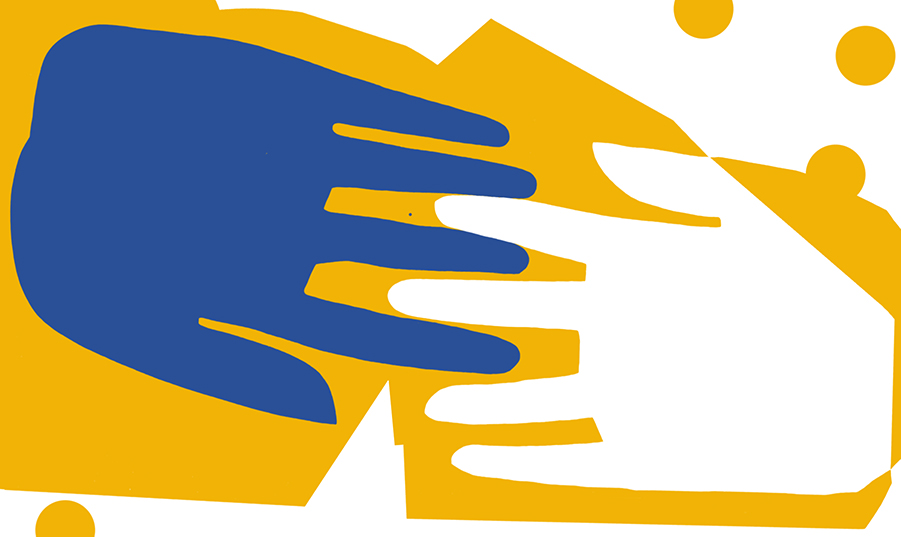
It’s really hard to remember how long it’s been, because the first few weeks were so chaotic. We were getting updates about new hospital policies four or five times a day. And you had to read through all these updates. Things have spaced out now and we’re only getting new policies maybe once or twice a week.
We had such a public outbreak at the beginning, at the nursing home in Kirkland. It hit a very vulnerable population. And there were a lot of deaths. I think having those early deaths made people take it more seriously here. So I think when they made those recommendations initially for social distancing, and for eliminating larger group gatherings, people listened.
The most difficult part of this is the visitor policies being adapted. I see people on the worst day of their lives. For a lot of people, they’re in the ER because they think something terrible is happening to them, and they think they’re going to die. And sometimes that terrible thing is happening. Some of the best deaths that I’ve had in the ER over my career have been when the family is there, and they know that their elderly parent or grandparent is going to pass away. Being able to have this period of slowing down—with me, and the nurse, and the family, and the patient as they kind of come to that realization—you can have really beautiful deaths. Everyone in the room is bawling: the nurse is crying, I’m crying, the family’s crying. And it still is beautiful. Now, there is no more beautiful death in the ER, because people are alone. And even when the patient is with the ER staff, it’s not the same as having a family member there, holding their hand. So those experiences are really hard, whether people are dying from coronavirus or dying from whatever other condition that brings them in. It’s just heartbreaking, and you have to kind of take the place of that family member.
It does seem like people are reaching out to each other and helping. I’m part of a group on social media for my neighborhood. People are constantly posting, offering to get groceries for those who are unable to leave home or who are fearful, whether it’s because of a medical condition or because they have an elderly family member there. That support for others in the community, not just people you know, but strangers, has been lovely to watch.
Dr. Anna Meyendorff ’09, attending physician in emergency medicine, Swedish Medical Center, Seattle